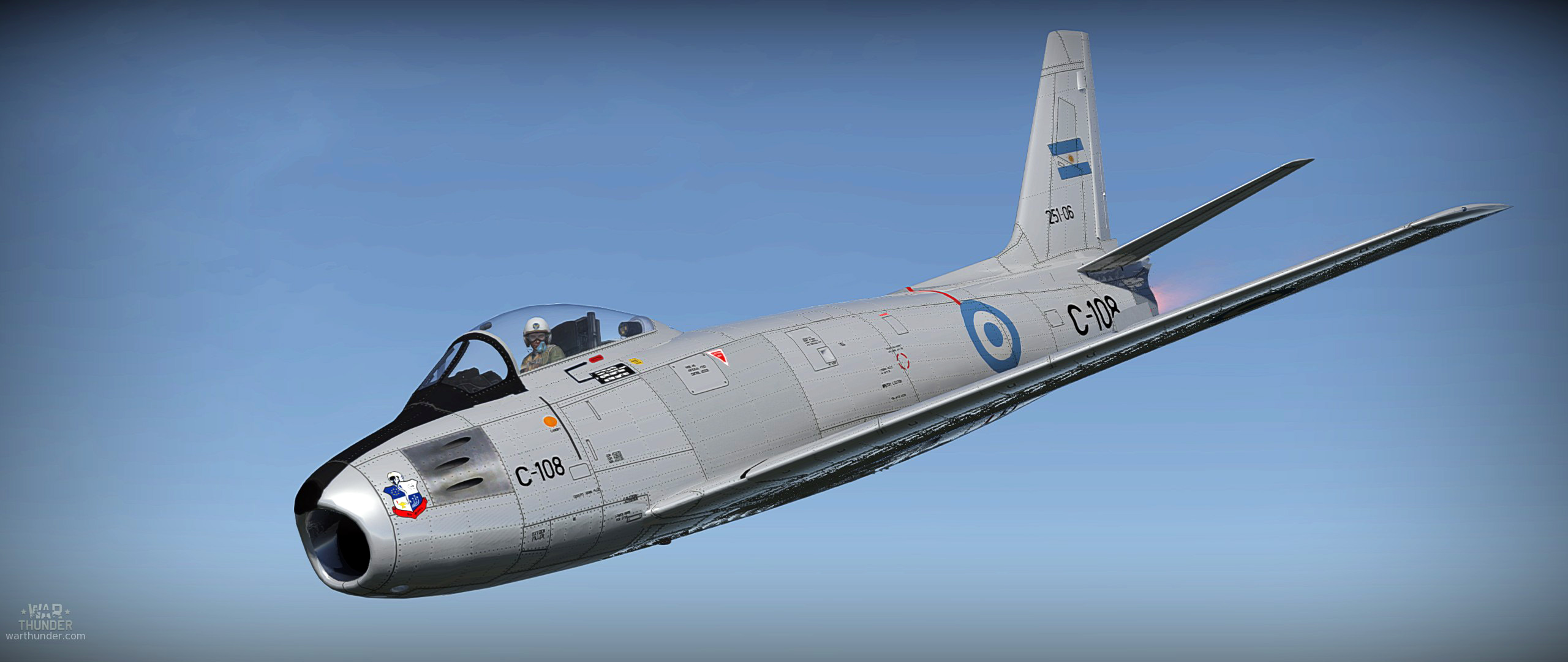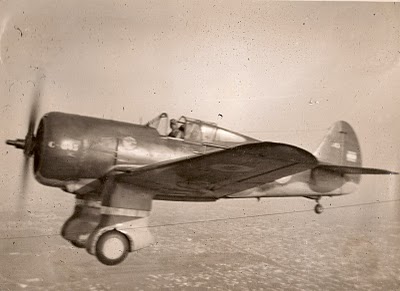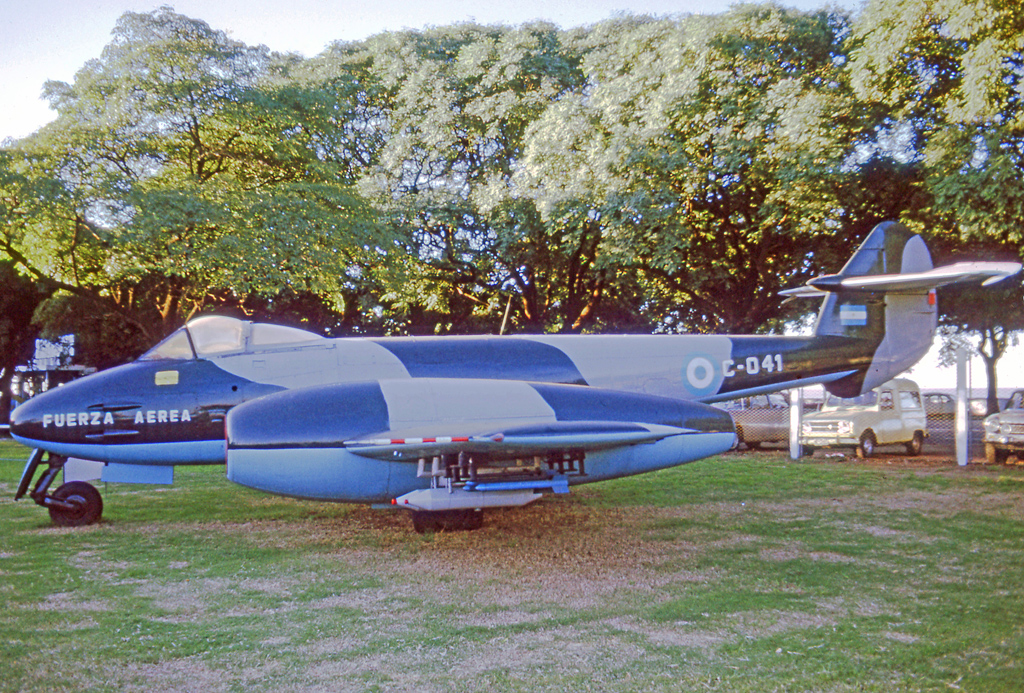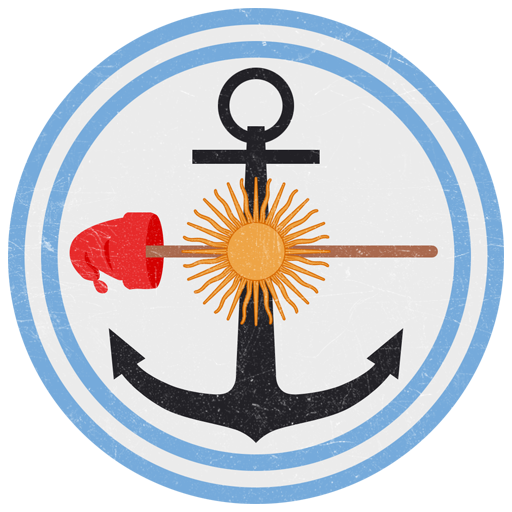
- For PC
- For MAC
- For Linux
- OS: Windows 10 (64 bit)
- Processor: Dual-Core 2.2 GHz
- Memory: 4GB
- Video Card: DirectX 11 level video card: AMD Radeon 77XX / NVIDIA GeForce GTX 660. The minimum supported resolution for the game is 720p.
- Network: Broadband Internet connection
- Hard Drive: 23.1 GB (Minimal client)
- OS: Windows 10/11 (64 bit)
- Processor: Intel Core i5 or Ryzen 5 3600 and better
- Memory: 16 GB and more
- Video Card: DirectX 11 level video card or higher and drivers: Nvidia GeForce 1060 and higher, Radeon RX 570 and higher
- Network: Broadband Internet connection
- Hard Drive: 75.9 GB (Full client)
- OS: Mac OS Big Sur 11.0 or newer
- Processor: Core i5, minimum 2.2GHz (Intel Xeon is not supported)
- Memory: 6 GB
- Video Card: Intel Iris Pro 5200 (Mac), or analog from AMD/Nvidia for Mac. Minimum supported resolution for the game is 720p with Metal support.
- Network: Broadband Internet connection
- Hard Drive: 22.1 GB (Minimal client)
- OS: Mac OS Big Sur 11.0 or newer
- Processor: Core i7 (Intel Xeon is not supported)
- Memory: 8 GB
- Video Card: Radeon Vega II or higher with Metal support.
- Network: Broadband Internet connection
- Hard Drive: 62.2 GB (Full client)
- OS: Most modern 64bit Linux distributions
- Processor: Dual-Core 2.4 GHz
- Memory: 4 GB
- Video Card: NVIDIA 660 with latest proprietary drivers (not older than 6 months) / similar AMD with latest proprietary drivers (not older than 6 months; the minimum supported resolution for the game is 720p) with Vulkan support.
- Network: Broadband Internet connection
- Hard Drive: 22.1 GB (Minimal client)
- OS: Ubuntu 20.04 64bit
- Processor: Intel Core i7
- Memory: 16 GB
- Video Card: NVIDIA 1060 with latest proprietary drivers (not older than 6 months) / similar AMD (Radeon RX 570) with latest proprietary drivers (not older than 6 months) with Vulkan support.
- Network: Broadband Internet connection
- Hard Drive: 62.2 GB (Full client)

F-86F-30 Argentina Air Force C-108 No. 251-06,
camouflage created by Guillermo241 | download here
The history of the Argentinian Air Force started on August 10th 1912. It was then that the Military Aviation School (Escuela Militar de Aviación) was set up in the town of El Palomar. Even before that, flying was already becoming popular - four years earlier the first Argentinian aeroclub was created, which sparked more enthusiasm amongst the population. The establishment of the school and the construction of the first Argentinian aerodrome in Villa Lugano accelerated the training of future pilots. Many of those aviators later became pioneers in the field of aviation - one of them was Pablo Teodoro Feis who, in a flight from Buenos Aires to Montevideo, beat the record for the longest flight over water, clocking in at 2 hours and 20 minutes: this was due to the fact he was constantly flying over the Río de La Plata. In 1916 the Naval Air Arm (Comando de Aviación Naval Argentina) was also established by the opening of the Naval Air Station School Fuerte Barragan near La Plata. During the interwar years both air wings was being constantly modernised and strengthened by the acquisition of aircraft such as North American T6 Texan trainers, Curtiss P-36 Hawk fighters or Supermarine Walrus flying boats. In 1927 an indigenous aircraft manufacturing factory was established in Córdoba under the name of Fábrica Militar de Aviones.
 |
| FMA CURTISS HAWK 75O |
In World War II Argentina managed to stay neutral. Many skilled Germans moved to Argentina after the end of World War II. One of them was Dr. Kurt Tank, the creator of the Focke-Wulf Fw 190. His expertise was sought after by the Argentinian government, keen to modernise the air component of their military. Utilising the earlier experience with the Ta 183 prototype, Tank was able to create the I.Ae 33 Pulqui II. This aircraft never left the prototype stage, however it showed that Argentina was capable of producing sophisticated indigenous aircraft. At the same time, new weapon imports followed - among the new aircraft acquired were Gloster Meteor jet fighters, as well as Avro Lancaster heavy bombers.
With the Cold War in full swing, the political situation in Argentina began to change dramatically. In 1955, a military coup overthrew the government of Juan Domingo Perón, forcing him into exile. The Argentinian Air Force and Navy jets were then used in action against rebels loyal to Perón. Another coup in 1970 marked the beginning of the “Dirty War” - a conflict in which the military junta seeked to eradicate any opposition to the regime, with the focus on destroying the leftist and communist groups - many of those operations were supported by the CIA. During the junta dictatorship, both the naval air component and the Air Force recieved new aircraft, such as the Douglas A-4 Skyhawk, Dassault Super Étendard and the Dassault Mirage III. The new jets were also supplemented by locally designed and produced prop-driven FMA IA-58 “Pucara” counter-insurgency attack aircraft.
 |
| Gloster Meteor F.4 C-041 of the Argentine Air Force preserved at BsAs Aeroparque in 1975 |
In April 1982, Argentina attempted to reclaim the Falkland Islands (Malvinas). The British response was very quick - a Royal Navy task force was sent to reclaim the islands. Soon, both countries found themselves at war. Both the Argentinian Air Force and the Naval Air Arm took part in the conflict. The Argentines fought hard and managed to sink some British ships using both normal bombs and Exocet anti-shipping missiles - including two destroyers (HMS Sheffield, HMS Coventry) and two frigates (HMS Ardent, HMS Antelope). The price for that was, however, high - over 60 aircraft and 25 helicopters were shot down by the British; the Fleet Air Arm’s Sea Harrier jet remained undefeated in air-to-air combat. Such high losses enabled the British to deploy ground units onto the islands and recapture them in June 1982. The defeat in the Falklands sped up the fall of the military junta. However, the skill and bravery of the Argentine opposition is still held in very high regard amongst British military aviators to this day.
Today, both the Air Force and the Naval Air Arm continue their existence. The main aircraft of the Air Force is the Douglas A4AR Skyhawk, while the Naval Arm continues to use the upgraded Dassault Super Étendard. Due to a variety of political reasons, the modernization process of the Air Forces has been delayed. Argentina is currently seeking to cooperate with China and Russia with the hopes of procuring aircraft such as the Sukhoi Su-24 or the Chengdu J-10.
Author: Adam “BONKERS” Lisiewicz





